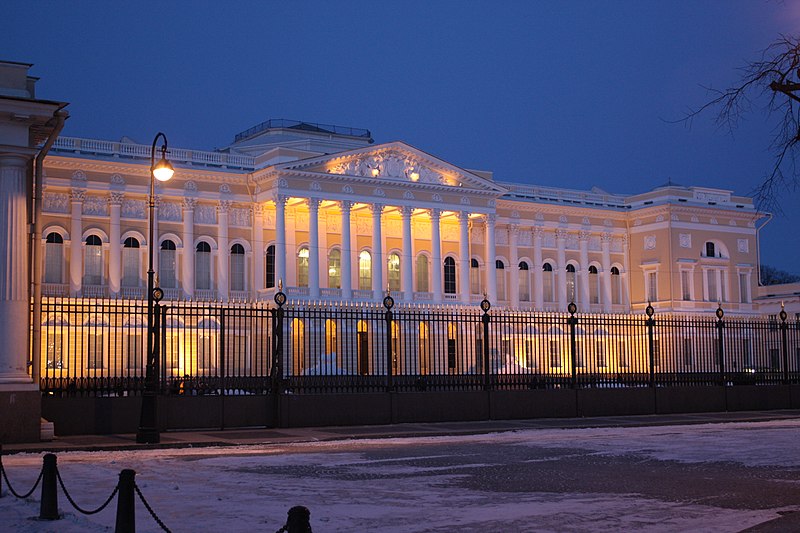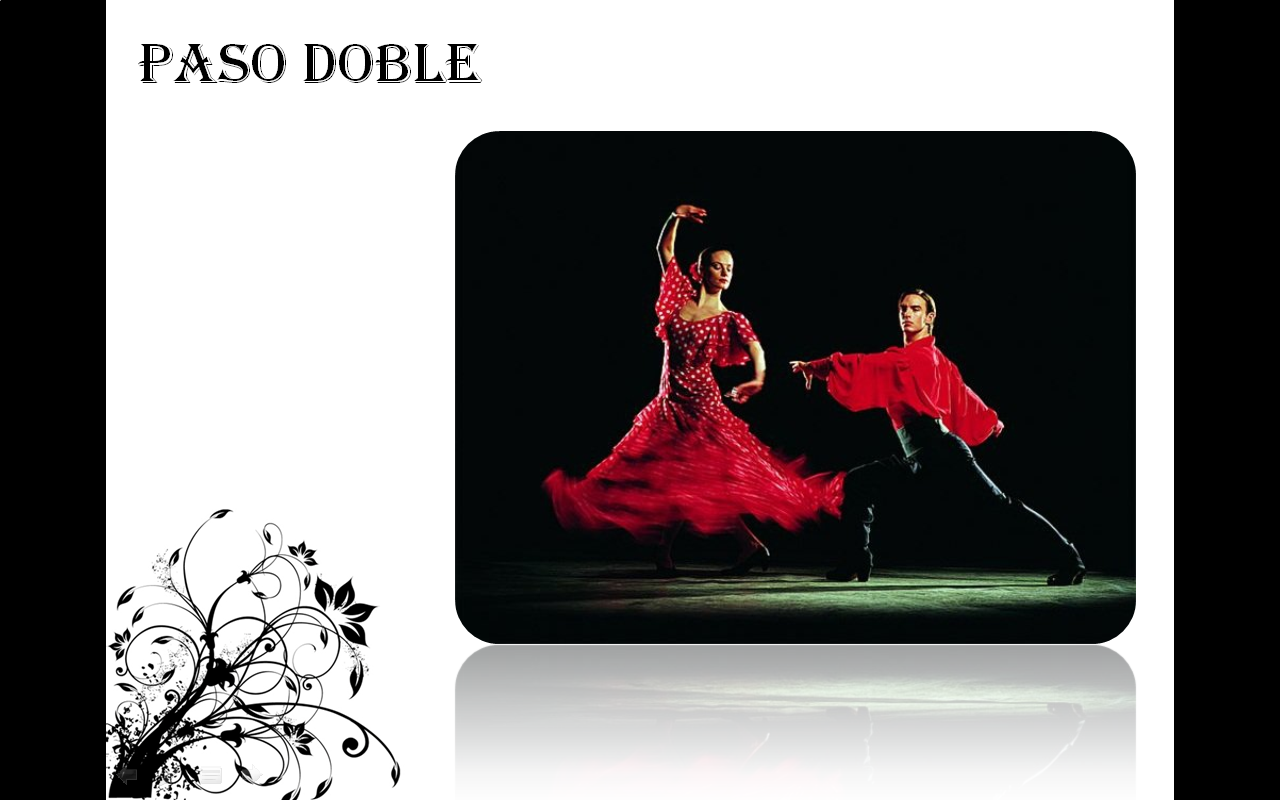The State Russian Museum (Russian Museum of His Imperial Majesty Alexander III) is the largest depository of Russian fine art in Saint Petersburg.
The museum was established on April 13, 1895, upon enthronement of Nicholas II to commemorate his father, Alexander III. Its original collection was composed of artworks taken from the Hermitage Museum, Alexander Palace, and the Imperial Academy of Arts. After the Russian Revolution of 1917, many private collections were nationalized and relocated to the Russian Museum. These included Kazimir Malevich's Black Square.
The main building of the museum is the Mikhailovsky Palace, a splendid Neoclassical residence of Grand Duke Michael Pavlovich, erected in 1819-25 to a design by Carlo Rossi on Square of Arts in St Petersburg. Upon the death of the Grand Duke the residence was named after his wife as the Palace of the Grand Duchess Elena Pavlovna, and became famous for its many theatrical presentations and balls.
Some of the halls of the palace retain the Italianate opulent interiors of the former imperial residence. Other buildings assigned to the Russian museum include the Summer Palace of Peter I (1710–14), the Marble Palace of Count Orlov (1768–85), St Michael's Castle of Emperor Paul (1797–1801), and the Rastrelliesque Stroganov Palace on the Nevsky Prospekt (1752–54).




















